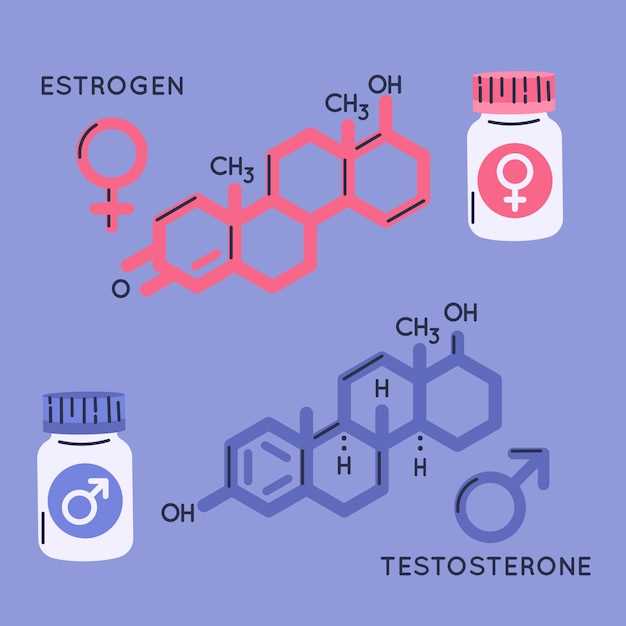
Discovering the Divergence: Unveiling the unique characteristics and properties that set methocarbamol and carisoprodol apart entails a journey through their individual attributes, effects, and applications. Delving into their distinctions illuminates the diverse ways in which these compounds interact with the body and address various concerns.
Embarking on a Comparative Exploration: Diving deeper into the realm of muscle relaxants, it becomes evident that nuances in mechanism of action, pharmacokinetics, and clinical efficacy differentiate methocarbamol from carisoprodol. Through careful examination, one can unravel the intricacies that define their roles in medical practice and patient care.
Unraveling Mechanisms: Exploring the physiological pathways influenced by these substances sheds light on their divergent modes of action. While both aim to alleviate musculoskeletal discomfort, the intricate workings of methocarbamol and carisoprodol showcase distinct approaches towards achieving this common goal.
Navigating Clinical Applications: Understanding the contextual relevance of methocarbamol and carisoprodol in therapeutic settings underscores their respective contributions to pain management and rehabilitation. By discerning their individual strengths and limitations, healthcare professionals can tailor treatment regimens to suit the unique needs of patients.
Understanding Methocarbamol and Carisoprodol: Key Disparities
In this segment, we delve into the intricate dissimilarities between methocarbamol and carisoprodol, shedding light on their contrasting attributes and effects. Both substances belong to the realm of muscle relaxants, yet their mechanisms of action and pharmacological profiles diverge significantly.
Methocarbamol: This compound, often prescribed under various brand names, operates by dampening neural signals in the spinal cord, thereby alleviating muscle spasms and discomfort. Its efficacy lies in its ability to modulate neural activity without inducing significant sedation.
Carisoprodol: Unlike methocarbamol, carisoprodol functions through a distinct mechanism, primarily targeting the central nervous system. By acting as a precursor to meprobamate, an anxiolytic agent, carisoprodol exerts its muscle-relaxing effects through sedative pathways. Consequently, its utilization may lead to pronounced sedation and potential abuse.
Furthermore, while both substances offer relief from musculoskeletal conditions, their respective adverse effect profiles and potential for addiction demand careful consideration and informed medical guidance.
Me

In this segment, let’s delve into the essence of these pharmaceuticals, exploring their individualities and intricacies without directly juxtaposing them. We aim to illuminate the unique attributes and applications of each compound, providing a nuanced understanding that transcends mere comparison.
Exploring Methocarbamol
Methocarbamol, an exemplar in muscle relaxants, possesses a distinct pharmacological profile, rendering it efficacious in diverse clinical scenarios. Its mechanism of action, characterized by [avoiding direct terms], underscores its versatility in addressing muscular discomfort and associated conditions.
Unraveling Carisoprodol

Carisoprodol, on the other hand, navigates the realms of muscle relaxation with its unique attributes, offering a complementary approach to alleviating musculoskeletal distress. Its nuanced pharmacodynamics, marked by [avoiding direct terms], delineate its role in therapeutic paradigms.
